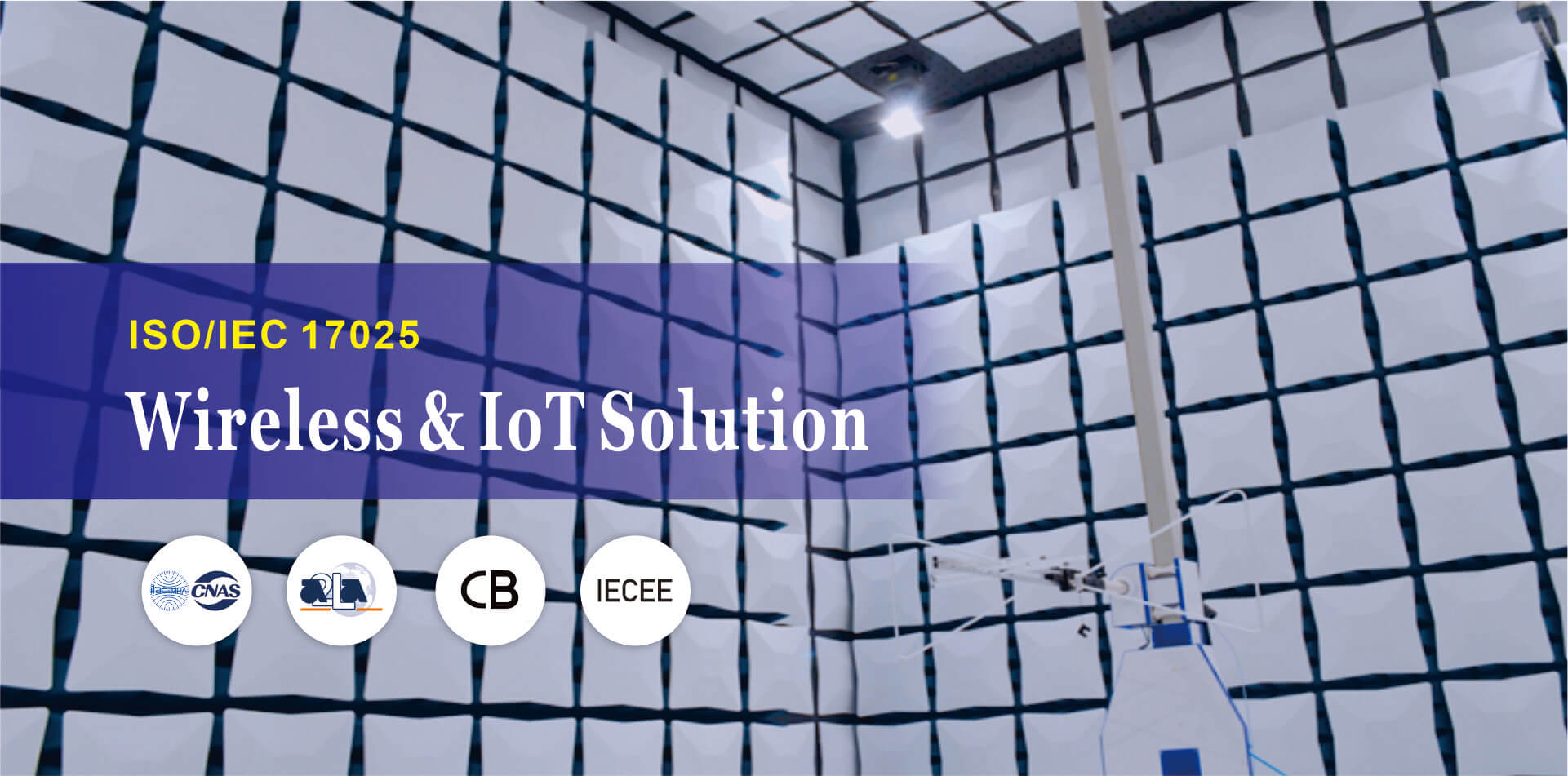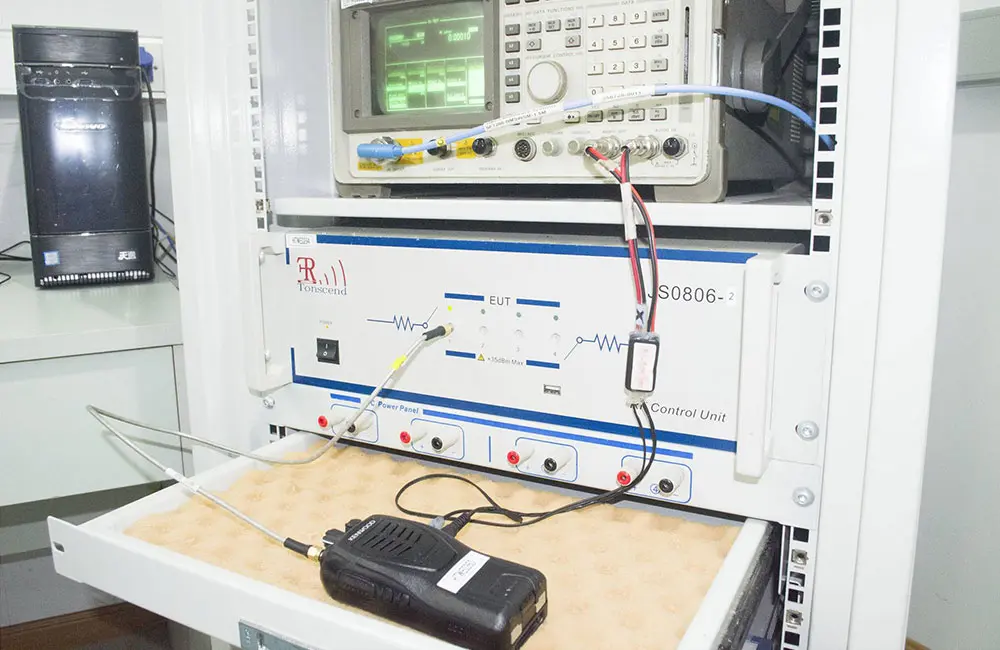
Display PSE Certification Process
What is Japan pse certification?
PSE (Product Safety of Electrical Appliance & Materials) is a mandatory product safety certification governed by Japan's Electrical Appliance and Material Safety Law (commonly known as the PSE Law). It ensures the safety of electrical products in the Japanese market.

Diamond pse mark:
Applies to “Specified Electrical Appliances” (e.g., transformers, plugs, and other high-risk products). Certification must be conducted by a METI-approved third-party organization (e.g., JET, JQA), including factory inspection and regULar audits.
Circle PSE Mark:
Applies to “Non-specified Electrical Appliances” (e.g., displays, televisions, and general electronics). Companies can choose a recognized testing lab in Japan or overseas. No factory inspection is requiRED—only submission of test reports for record-keeping.
Which PSE Certification Applies to Displays?
Displays (such as LCD, LED, or OLED monitors) are typically classified under the Circle PSEcategory, as they are not listedin METI's “Specified Electrical Appliances” directory.
*Note:If the display includes a built-in power module (e.g., a separate power adapter), that module may require separate Diamond PSE certification. Always refer to the latest METI directoryfor confirmation.
PSE Testing Standards & Items for Displays
Testing is based on Japan’s Electrical Appliance and Material Safety Law and corresponding JIS standards (equivalent to international standards). Core test items include:
1. Electrical Safety
a. Withstand Voltage Test:
Verifies insulation between live parts and the enclosure (e.g., AC 1500V for 1 minute without breakdown).
b. Insulation Resistance Test:
Measures insulation resistance between conductors (≥10 MΩ).
c. Grounding Resistance Test:
Ensures accessible metal parts are properly grounded (≤0.1 Ω).
2. Mechanical and Electric Shock Protection
a. Electric Shock Prevention Design:
Evaluates whether parts like the casing, buttons, or openings expose users to live components.
b. Mechanical Strength:
Simulates drop, crush, and deformation scenarios to test structural integrity of casing and supports.
3. Flame Retardant Materials
Outer casing and internal components must be made of flame-retardant materials (e.g., UL94 V-2 or higher).
4. Abnormal Condition Tests
Simulates short circuits, overloads, overheating, etc., to ensure the product responds safely (e.g., automatic shutdown, no fire or explosion).
JJR Laboratory’s Circle PSE Certification Process (for Displays)
JJR Laboratory is an overseas testing facility recognized by Japan’s JET, authorized to perform PSE testing directly for displays. The process is efficient and streamlined:
1. Product Classification Confirmation:
Verify whether the display qualifies as Circle PSE (Non-specified Electrical Appliance).
2. Sample Submission & Documentation:
Provide 2–3 samples along with the user manual, circuit diagram, BOM list, etc.
3. Laboratory Testing:
Conduct safety, mechanical, and flame-retardant tests based on standards such as JIS C 6950 (equivalent to iec 60950-1).
(Typical turnaround: 5–7 working days)
4. Report Review & Filing:
Upon passing, the lab issues a compliant test report. The company submits this report to Japan’s METI to register and obtain the Circle PSE mark.
For display products, Circle PSE certification is the primary route. The focus lies in passing safety and material tests. JJR Laboratory, as a JET-recognized lab, can handle the testing directly—enabling companies to achieve compliance and enter the Japanese market efficiently.
*Important:If the display includes a built-in power module, check whether Diamond PSE certificationis also required.
More: emc test lab | ce marking in usa | wercs certification | reach rohs compliance
Email:hello@jjrlab.com
Write your message here and send it to us
 What is EN71 Toy Safety Standard?
What is EN71 Toy Safety Standard?
 What is EN71 Certificate?
What is EN71 Certificate?
 What Does EMC Stand for in Electronics?
What Does EMC Stand for in Electronics?
 How Do I Get CE Certification?
How Do I Get CE Certification?
 Is ROHS part of UL? Are they the same?
Is ROHS part of UL? Are they the same?
 What Does EN71 Certified Mean?
What Does EN71 Certified Mean?
 What is the meaning of EMC?
What is the meaning of EMC?
 Why EMC Test Is Required?
Why EMC Test Is Required?
Leave us a message
24-hour online customer service at any time to respond, so that you worry!




